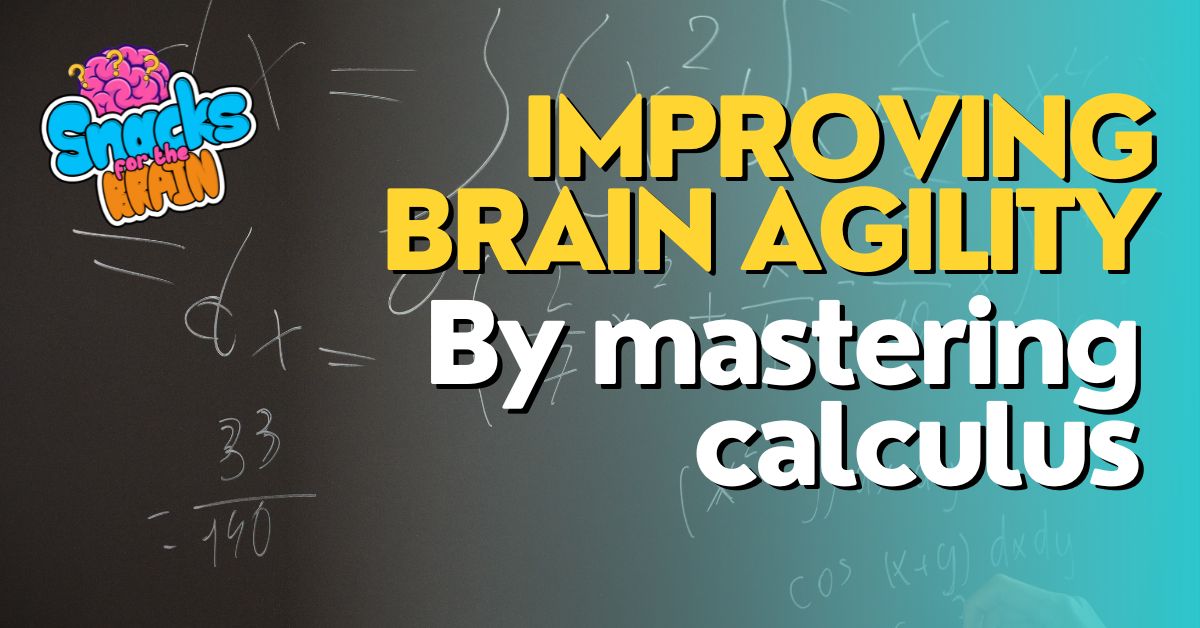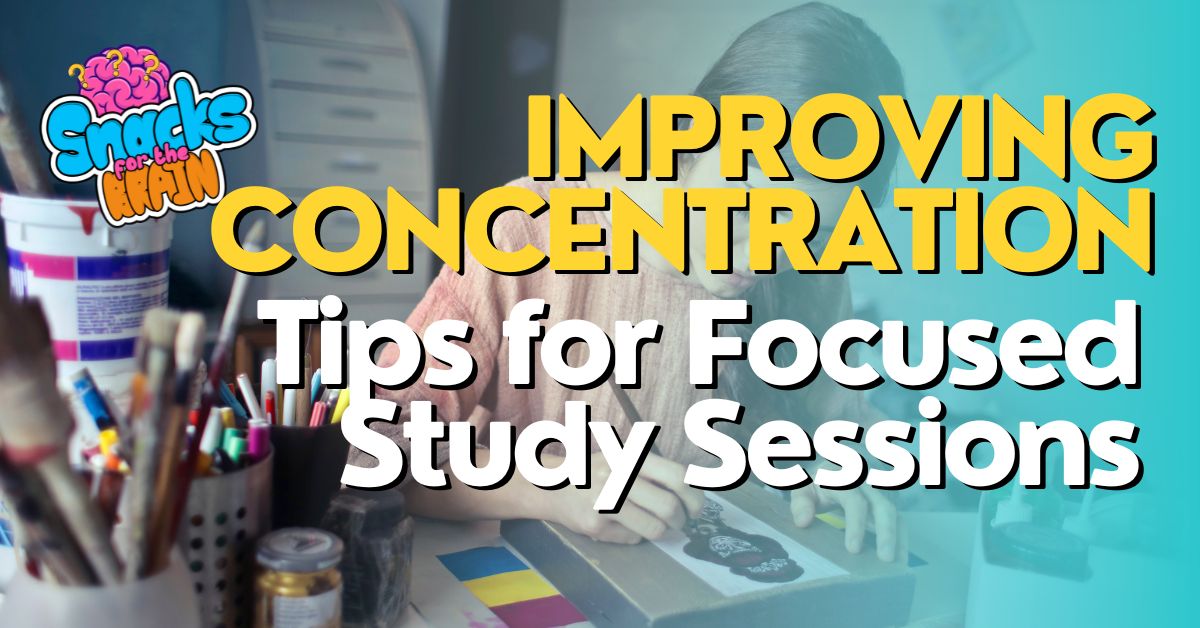Introduction Using ChatGPT to Learn Better
ChatGPT is a new AI chatbot that can help you learn things more easily. It works like a personal tutor – you can ask it questions, have it explain things, and more. Using ChatGPT the right way can help you understand and remember information much better.
This guide will show you tips to use ChatGPT for:
- Learning new topics fast
- Improving how well you remember things
- Applying what you learn
- Getting feedback to check your understanding
By the end, you’ll know how to supercharge your learning with this amazing new tool!
Learn New Things Fast
When you first hear about something new, it can be confusing. ChatGPT makes picking up new information much easier.
Get Simple Explanations
If you don’t understand something, ask ChatGPT to explain it simply. Pretend you are explaining it to a young student. This makes it easier to learn step-by-step.
For example:
You: Please explain CRISPR gene editing technology in simple terms, as if to a 6th grader.
ChatGPT: Provides a basic, easy to understand explanation of CRISPR.
Summaries and Overviews
Reading long articles or papers to learn about a new topic can be tough. Instead, ask ChatGPT for a summary.
For example:
You: Can you summarize the key ideas about AI safety research in a short overview?
ChatGPT: Gives a concise summary of the most important points.
Summaries let you get the core ideas quickly before diving deeper.
Relate Concepts to What You Already Know
Connecting new ideas to things you are already familiar with helps them stick better.
Ask ChatGPT to compare something you are learning to a topic you already grasp. These analogies make difficult ideas more understandable.
For example:
You: Can you give me an analogy that explains how quantum computing is different from classical computing in simple terms?
ChatGPT: Gives an analogy comparing quantum and classical bits to colors and shades to explain the key differences.
Remember What You Learn
Once you understand new information, retaining it over time is critical. Luckily, ChatGPT can also help with memorization.
Quizzing and Feedback
Testing yourself helps reinforce knowledge and correct mistakes. After learning something new, ask ChatGPT to quiz you. If you get questions wrong, ask for explanations to clear up confusion.
For example:
You: Can you give me a 5 question quiz on best practices for data security in healthcare? Give explanations for each question I get wrong.
ChatGPT: Gives quiz with explanations for incorrect answers.
The quizzing and instant feedback locks in your understanding.
Repetition Over Time
Spacing out review sessions over days or weeks preserves memories much better than cramming. Have ChatGPT create reminders to go over key ideas multiple times, with gradually longer intervals between practice.
For example:
You: Can you make me a spaced repetition schedule to review main concepts from the French Revolution over the next month? Start with practice every 2 days and then expand to weekly.
ChatGPT: Creates review schedule, with reminders to go over content repeatedly over a month.
Memory Aids and Mnemonics
Mnemonics use patterns, acronyms, rhymes, songs and images to form mental shortcuts for recalling information. These memory aids can tremendously boost retention.
Ask ChatGPT to generate mnemonics and examples specifically tailored to the material you want to memorize.
For example:
You: Please create a funny phrase mnemonic device to help me remember the 12 cranial nerves in order.
ChatGPT: Generates a silly rhyming mnemonic.
Apply What You Learn
Practical application of knowledge drives deeper understanding. ChatGPT can craft custom exercises to let you practice using concepts you picked up.
Practice Questions and Scenarios
Working through realistic situations and problems accelerates learning. After taking in information on a new subject, have ChatGPT provide practice cases or sample questions to try out.
For example:
You: Can you give me 5 practice questions for setting up firewall configurations, providing the solutions so I can check my work?
ChatGPT: Creates practice firewall config questions with answers provided.
Tackling these practical tests reinforces abilities to apply knowledge.
Real World Examples
Seeing how theoretical ideas work in action provides critical context. Ask ChatGPT for examples demonstrating concepts in real applications.
For example:
You: Could you provide a real world example of how Bayes’ Theorem could be used in a healthcare setting?
ChatGPT: Gives a detailed case study with Bayes’ Theorem applied to cancer screening tests.
These grounded, tangible examples aid comprehension tremendously.
Get Feedback
Evaluating what you grasp and where you are confused is key for directing learning. ChatGPT can provide personalized feedback to address weaknesses.
Ask Clarifying Follow-Ups
If certain ideas don’t make sense, don’t just ignore them. Asking precise clarifying questions is essential to pinpoint and correct gaps.
For example:
You: I’m confused on gradient descent in neural networks. Can you explain when we need to use larger vs smaller learning rates in gradient descent?
ChatGPT: Provides clarification on learning rates in gradient descent.
Getting clearing up confusion directly boosts understanding.
Review Responses
After answering practice questions or writing summaries, ask ChatGPT to review your responses and highlight misconceptions.
For example:
You: Writes summary of protein synthesis process.
Can you please review my summary above on protein synthesis and point out any factual errors or missing steps?
ChatGPT: Gives feedback noting inaccuracies in summary and provides corrections.
Fixing flawed knowledge ensures you have the right information.
Enhancing Retention with ChatGPT
Below are some key techniques ChatGPT can provide to enhance absorbing and retaining information:
Visual Learning Aids
Creating diagrams, flowcharts and maps illustrating relationships drives visual memory.
For example:
You: Can you produce a concept map showing connections between key events leading up to the French Revolution?
Songs and Rhymes
Songs or rhymes that creatively convey concepts stick better than plain facts.
For example:
You: Please write a simple song explaining the key philosophies of John Locke in 4 verses.
Interactive Games
Turn studying into play with quiz games testing and applying knowledge.
For example:
You: Could you generate an interactive multiplayer trivia game to help me learn key Supreme Court cases?
Personalized Reminders
Repeated, spaced review timed for your needs boosts retention.
For example:
You: Make a weekly reminder for me to review the nitrogen cycle with a different creative explanation each time.
Key Takeaways
- Use ChatGPT for simple explanations to quickly grasp new topics
- Create quizzes, examples and practice questions to apply knowledge
- Reinforce memories with mnemonics, reminders and repetition
- Get visual aids, songs and games to engage different learning styles
- Ask clarifying questions and request feedback to improve understanding
With some creativity, you can customize ChatGPT to maximize learning potential!
Conclusion
ChatGPT provides an incredible new tool to advance our learning abilities. By utilizing techniques tailored to how our brains best acquire and retain information, this AI assistant promises to make us all smarter students.
The key is actively guiding ChatGPT to target your personal goals and struggles. With some experimentation, you can discover which strategies work best for your needs.
So embrace this amazing resource! Formulate the right questions, get clarification when confused, reinforce through repetition – unlock your hidden potential for intellectual growth. A bright future of AI-empowered education awaits.




